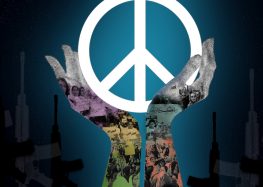Inaccessible Public Buildings
Iran is a highly centralized country and the government regulates nearly all activities. Basic requests can require complex forms, administrative processes, and official stamps. To access most public services in Iran, people need to go in-person to governmental offices. According to SWO, only thirty percent of public buildings in Iran are accessible for persons with disabilities. Even State Welfare Organization offices are typically inaccessible, despite the fact that people with disabilities must visit them in order to receive various services.
People with disabilities interviewed, especially those who use wheelchairs, said that they find the entrances of most public buildings inaccessible, due to stairs without alternative ramps or elevator access. Even when an elevator is available, interviewees said that many elevators were too small to fit most wheelchairs. Blind people or people with low vision reported inaccessible elevators in many public buildings. In some cases, the elevator floor designators or call buttons are not accessible because they do not have braille or vocal indicators.
The Iranian government has made some progress toward making public infrastructure and transportation more accessible, particularly in the capital, Tehran, and some larger cities. It also established the National Headquarters to Follow-up on Accessibility in 2015, which requests reports and information from different government bodies about their efforts to improve accessibility. In recent years, many municipalities around the country have appointed advisors on “citizens with disabilities” or “urban accessibility” some of whom have been people with disabilities themselves.




